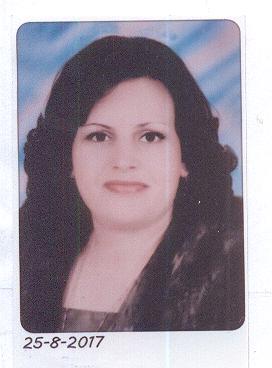In 2001, the names leukocyte Ig-like receptors (LIR) LILRB and LILRA were officially given to the inhibitory receptors and the activating receptors, respectively. These receptors are encoded in a region called leukocyte receptor complex at chromosomal region 19q13.4 in human (Kang et al, 2016). Immunoglobulin-like Transcript3
LILRBs were reported to be predominantly expressed in hematopoietic lineage cells and to suppress activation of various types of immune cells. LILRBs expressed on osteoclasts were reported to regulate osteoclastogenesis, and LILRB2 on hematopoietic stem cells (HSCs) supports ex vivo expansion of HSCs (Deng et al, 2014).
LILRB4 (also known as CD85K, ILT3, LIR5, HM18) is unique among LILRB family members in that it contains only 2 extracellular immunoglobulin domains; it also has a transmembrane domain and 3 ITIMs (Deng et al, 2014). Immunoglobulin-like Transcript3 Sets of immunoreceptor tyrosine-based inhibitory motifs (ITIM) that recruit phosphatases and thus contribute to downstream inhibitory signaling pathways, which include LILRB3 (ILT5/LIR-3/ CD85a), LILRB4 (ILT3/LIR-5/ CD85k), LILRB5 (LIR-8/ CD85c), LILRA4 (ILT7/ CD85g), LILRA5 (ILT11/ LIR-9/ CD85f), and LILRA6 (ILT8/CD85b), They have low conservation of such residues and are thought to recognize novel ligands not associated with β2-microglobulin (Hirayasu , 2015) .
An important mediator of the induction of immune tolerance is immunoglobulin-like transcript (ILT) 3 (also known as LILRB4, CD85k, or LIR-5), which is expressed on monocytes and antigen-presenting cells (APCs) such as macrophages and dendritic cells (DCs), ILT3 expression marks tolerogenic DCs and has been reported to be elevated in APCs of cancer patients and decreased in autoimmune diseases. ILT3 is believed to signal via its immunoreceptor tyrosine-based inhibitory motifs (ITIMs).

